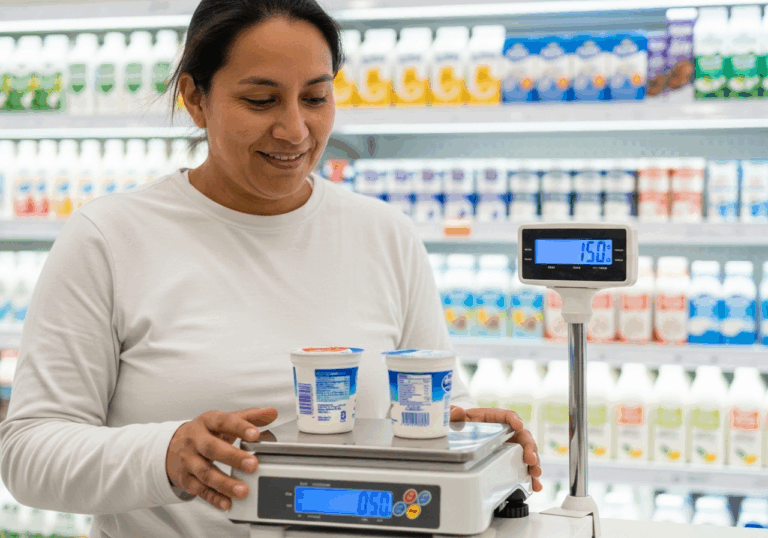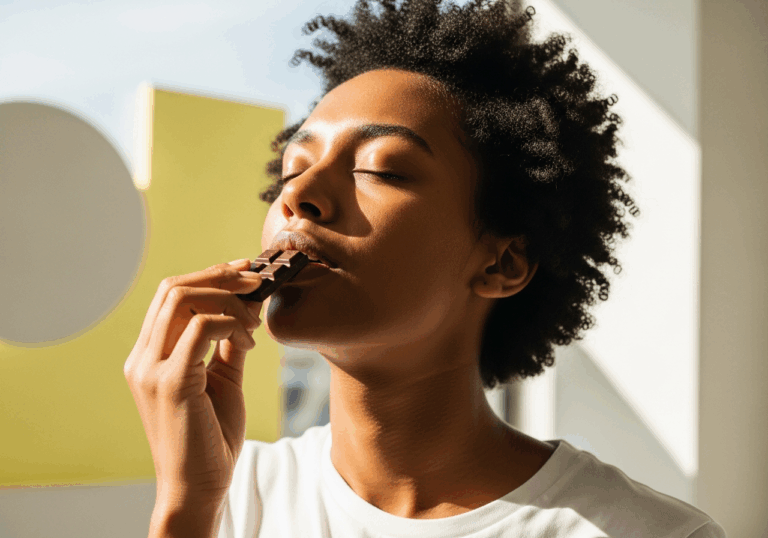Science-Backed Tips
Color Matters: Sweetness Perception Enhanced
White containers make strawberry mousse taste 10% sweeter.
📊 Did you know?
💡 Why It Matters
1️⃣
Enhancing flavor perception through visual cues can improve dining experiences.
2️⃣
Improved sensory enjoyment can lead to increased food satisfaction and consumption.
3️⃣
Understanding color psychology can aid in food marketing and presentation strategies.
✅ Try These Micro-Tips
🎯
Serve desserts in white containers to enhance perceived sweetness by 10%.
🎯
Experiment with different colored tableware to assess impact on taste perception.
🎯
Consider color psychology when designing menus or food presentations.
🎯
Incorporate visual elements that complement flavors to improve overall enjoyment.
📚 The study
This finding is significant as it underscores the power of visual cues in enhancing flavor perception and overall mood during meals.
By understanding how colors can influence our taste experiences, we can elevate our dining experiences and improve sensory enjoyment. This insight is not just valuable for consumers but also for food marketers and chefs who aim to create memorable presentations.
By strategically using color psychology, they can enhance food satisfaction and encourage greater consumption. So, the next time you indulge in a sweet treat, pay attention to the color of the container— it might just make that dessert taste even better!
❓ Frequently Asked Questions ❓
Learn more
How does container color affect the taste of food?
Container color can significantly influence taste perception, as demonstrated in studies. For example, strawberry mousse served in a white container is perceived to be about 10% sweeter than when served in a black container.
Why does the color of the container enhance sweetness perception?
The enhancement of sweetness perception is attributed to visual color cues that our brains associate with flavor. This psychological effect can lead to improved sensory enjoyment during eating.
What was the main finding of the study on mousse served in different colored containers?
The study found that strawberry mousse tasted approximately 10% sweeter when served in a white container compared to a black one. This highlights the impact of visual cues on flavor perception.
How can understanding color psychology benefit food marketing?
Understanding color psychology can aid in creating more appealing food presentations and marketing strategies. By using colors that enhance perceived flavors, marketers can improve customer satisfaction and engagement.
What practical advice can be derived from the study’s findings?
One practical recommendation is to serve desserts in white containers to enhance their perceived sweetness. Additionally, experimenting with different colored tableware can help assess its impact on taste perception.
Can visual elements really improve overall dining experiences?
Yes, incorporating visual elements that complement flavors can significantly enhance overall dining experiences. This approach can lead to increased food satisfaction and consumption.
What role does color play in food presentation strategies?
Color plays a crucial role in food presentation strategies as it can influence how flavors are perceived. Thoughtful use of color can enhance the appeal and enjoyment of dishes.
Is the effect of container color limited to desserts?
While the study focused on desserts, the effect of container color likely extends to other food items as well. Any food presentation that utilizes color can potentially influence taste perception.
How can restaurants apply these findings to their menus?
Restaurants can apply these findings by designing menus and presentations that consider color psychology. Using visually appealing colors for dishes can enhance customer experience and satisfaction.
What should consumers keep in mind when choosing food containers?
Consumers should consider that the color of food containers can affect their perception of taste. Opting for lighter colors, like white, may enhance the sweetness and overall enjoyment of the food.



